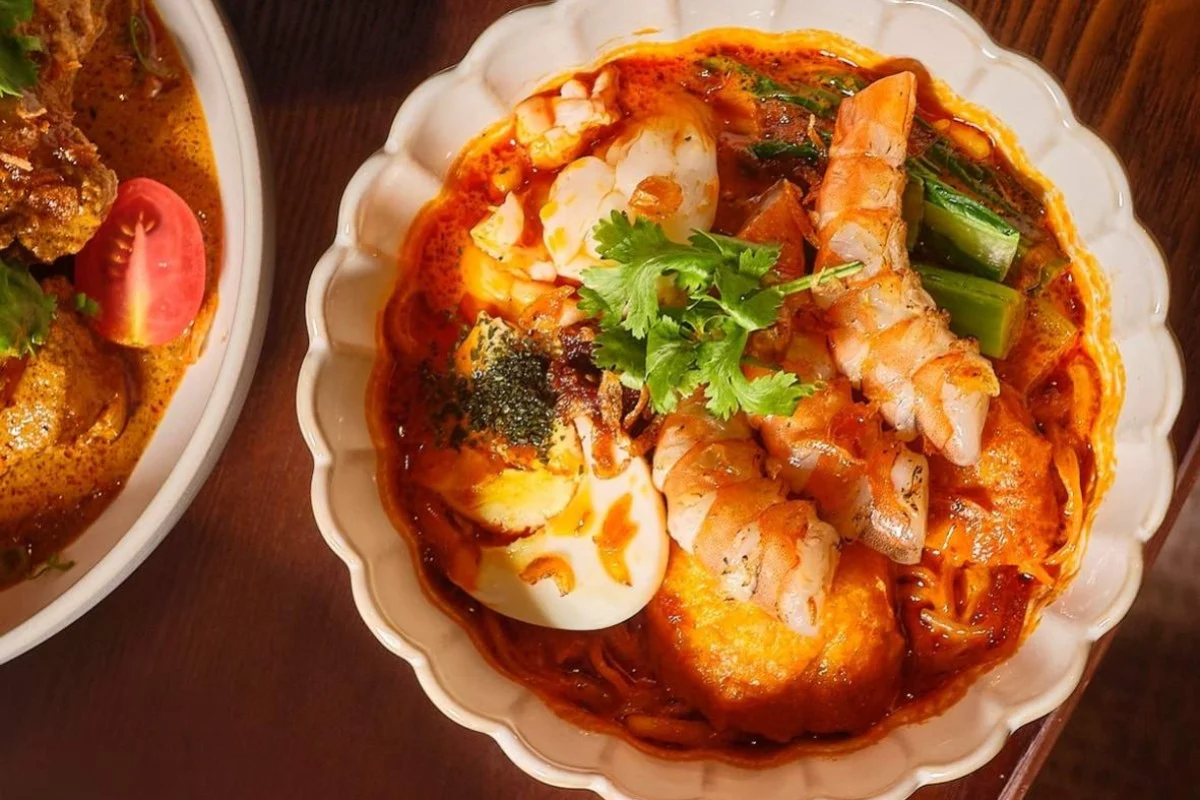Hong Kong’s restaurant industry is facing increasing challenges due to competition from nearby cities like Shenzhen and the rise of post-pandemic travel. In response, local restaurateurs are adapting to cater to budget-conscious diners, successfully drawing new patrons with more affordable yet high-quality offerings.
Chef Edward Voon, co-founder of the fine-dining restaurant Auor in Wan Chai, has introduced The Laksa Club Lunch, which features dishes like laksa for HK$150 and Hainanese three-yellow chicken rice for HK$168. These offerings, while more affordable than Auor’s typical fine-dining prices, still incorporate luxury ingredients. Voon believes this adaptation enhances rather than diminishes the restaurant’s prestige, attracting a broader clientele for lunchtime while maintaining its fine-dining identity for dinner.
Similarly, Central’s open-fire concept restaurant Fireside has shifted from its original eight-course set dinner menu to an à la carte option. Chef Jaime Ortolá adjusted the menu to include more meat selections and the ability for customers to choose their own steaks. The more casual, interactive dining experience has been a hit with customers, leading to a loyal, repeat customer base and word-of-mouth success.
Even casual dining venues like Frank’s, an American-Italian diner in Central, are embracing change. Chef and owner Vinny Lauria introduced the B-boy Special—a budget-friendly menu at HK$98 featuring antipasti, pasta, and a beer—specifically to cater to a growing clientele of breakdancers, or B-boys. The strategy has attracted a whole new demographic, offering both a premium dining experience upstairs or a laid-back, music-filled environment on the ground floor.
These restaurants are proving that adapting to meet customer needs while maintaining quality can lead to success in Hong Kong’s evolving dining landscape. By making their menus more accessible, they are attracting a broader range of customers and staying competitive in a challenging market.
READ MORE:
